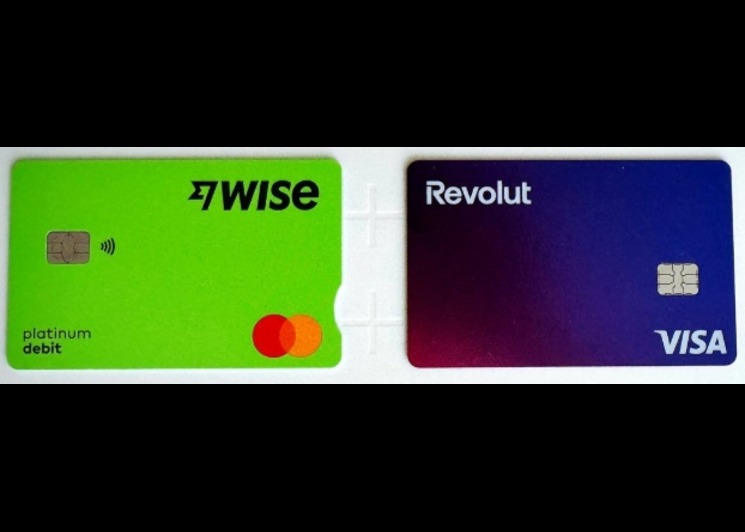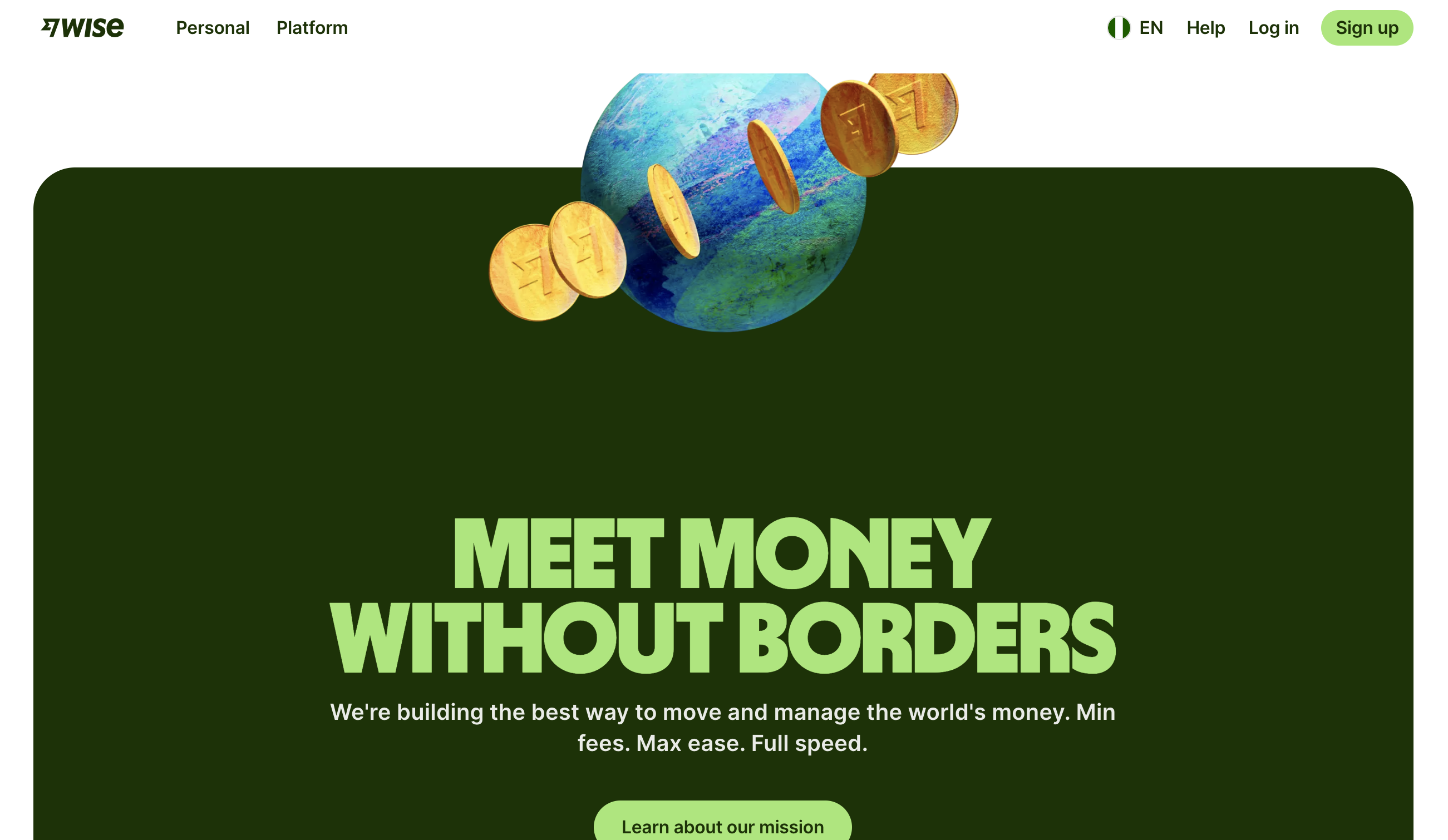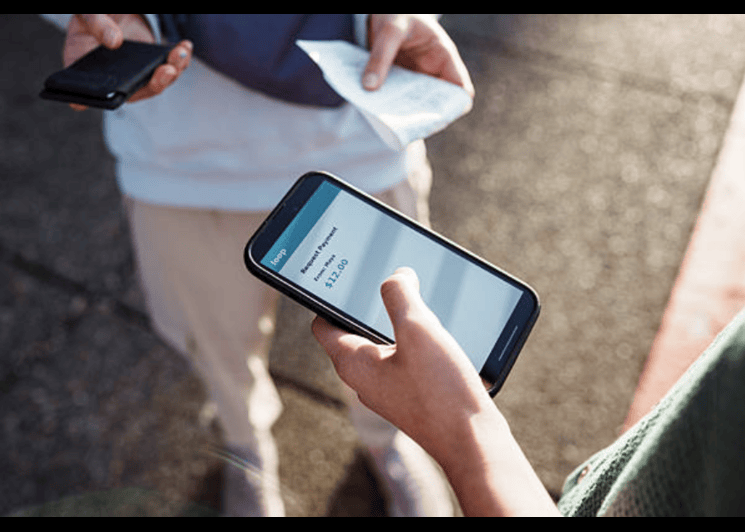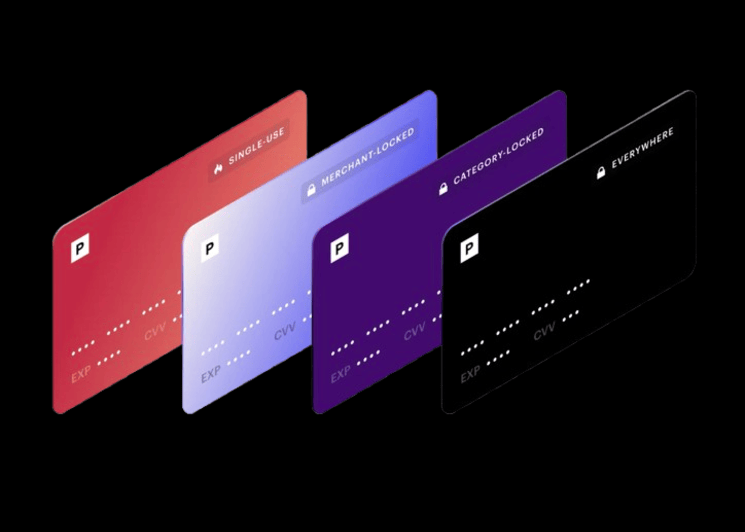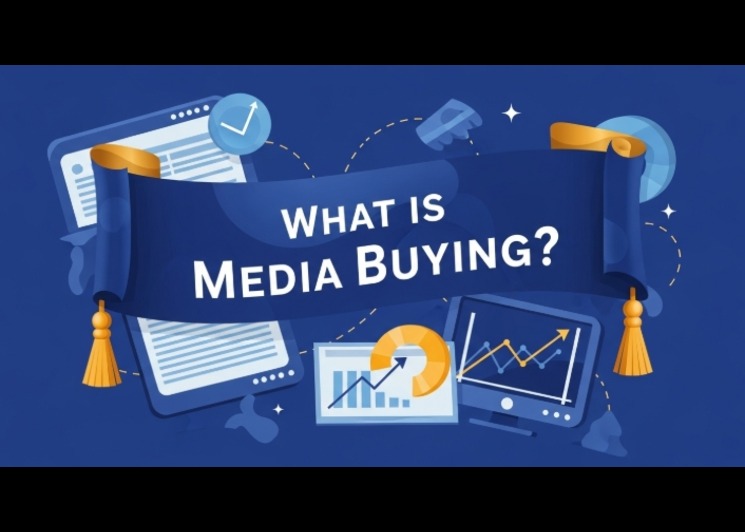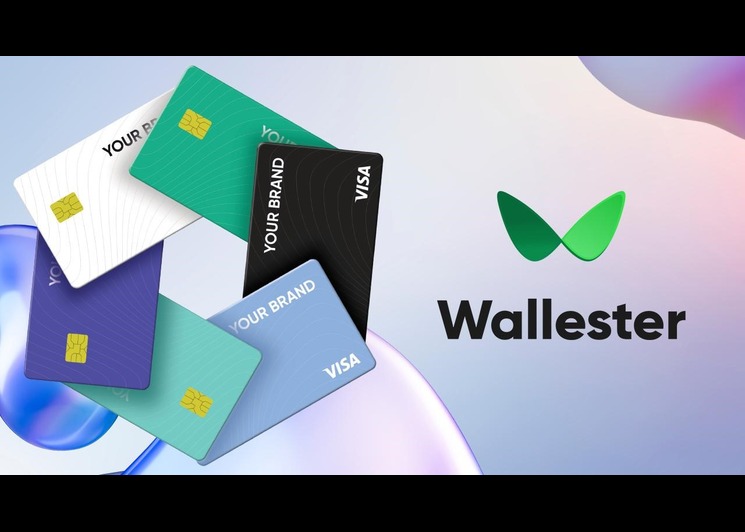Banner advertising: What it is, why it matters and how you can make it work
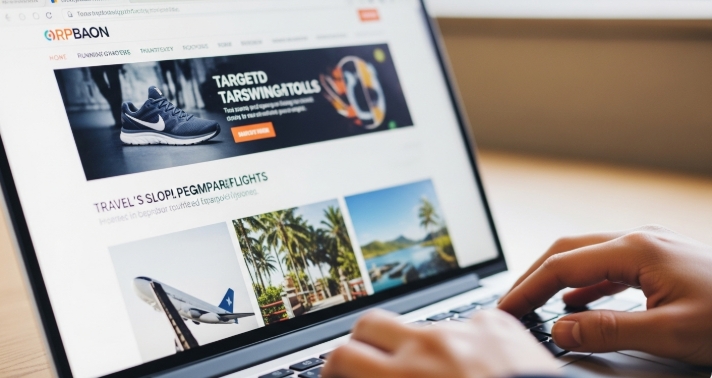
You’ve probably seen them a thousand times, those rectangular visuals sitting quietly at the top or side of a webpage, nudging you to click. That’s banner advertising in action. It may not shout for attention like a video ad or a TikTok campaign, but it still plays a surprisingly powerful role in digital marketing.
Whether you’re building awareness, running a remarketing push, or tying different channels together, banner ads help brands stay visible and relevant in a crowded online space.
- Banner advertising: What it is, why it matters and how you can make it work
- What exactly is banner advertising?
- Why banner advertising still deserves attention in digital marketing
- How to build a solid advertising campaign using banner ads
- Practical checklist: banner advertising campaign steps
- Common pitfalls to avoid
- Real-World Insights That Inform Your Strategy
- How banner advertising fits your overall digital marketing
- Bycard: Simplifying Payments for Digital Advertising
What exactly is banner advertising?
Banner advertising involves placing static or animated graphic ads, called banner ads, across websites, apps, or digital platforms to raise awareness, drive traffic, or support conversions.
Simply put, it’s a rectangular visual ad (like the 300×250 medium rectangle or 728×90 leaderboard) that links to your website or landing page. It’s one of the oldest forms of digital marketing and still plays a foundational role in most advertising campaigns.
At its best, banner advertising combines strong creative design, smart placement, and accurate measurement to build awareness and support conversions.
Why banner advertising still deserves attention in digital marketing
Even with newer ad formats like video and influencer campaigns, banner advertising remains relevant, and profitable.
The global display advertising market (which includes banner ads) exceeded US$207 billion in 2023, and projections show steady growth. This is because banner ads still deliver reach and brand visibility at scale, especially when integrated with remarketing or layered audience targeting.
A complete digital marketing strategy should not ignore banner advertising, it’s one of the few formats that supports visibility, retargeting, and conversion tracking all at once.
How to build a solid advertising campaign using banner ads
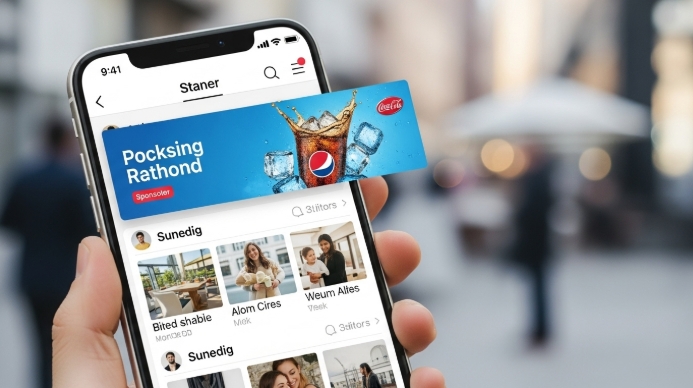
1. Define Your Campaign Objective
Ask what you want your banner advertising to achieve. Typical goals include:
- Brand awareness – get your logo and message seen.
- Website traffic – encourage clicks to landing pages.
- Remarketing – re-engage users who previously visited your site.
Your goal determines everything else, from ad design to placement and metrics.
2. Design and Optimise for Size and Device
Size and format strongly affect visibility. Studies show that the 728×90 leaderboard, 300×250 rectangle, and 320×50 mobile banner perform best.
Design your banner ads to load fast, look sharp, and fit naturally within their placement. Mobile optimisation is critical since nearly 90% of mobile users spend their time in apps rather than browsers. A responsive or mobile-specific design ensures reach and engagement across devices.
3. Target and Segment Your Audience
Banner advertising lets you target by demographics, geography, interests, or browsing behaviour. The more specific your targeting, the higher your relevance and ROI.
For example, if you’re running an advertising campaign in New York focus on websites and apps popular with that region or audience type. Use programmatic tools to automate placements, and A/B test creative variations to see what resonates best.
4. Measure What Actually Matters
Click-through rates (CTR) for banner ads are often low, averaging 0.09%, but that doesn’t mean they’re ineffective. Banner ads drive visibility and remarketing conversions that occur later in the user journey.
Measure viewability, brand lift, conversion rate, and cost per action (CPA) instead of focusing only on clicks. Combine those metrics to calculate your return on ad spend (ROAS) and guide future budget decisions.
5. Incorporate Remarketing
Remarketing is where banner advertising shines. Displaying ads to people who’ve already interacted with your brand can raise CTRs from 0.07% to 0.7%, according to industry data.
Set up retargeting banners that offer more specific messages, such as discounts or reminders, and track which audiences respond best. It’s one of the most cost-efficient ways to recover missed conversions.

Perfect Card for running ads!
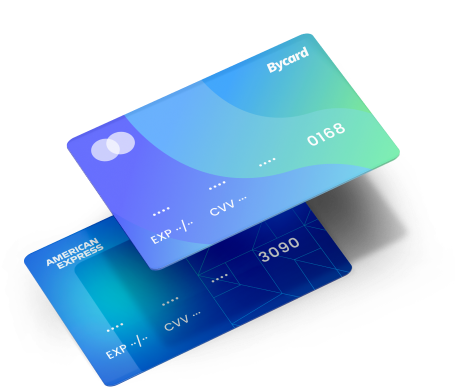
Practical checklist: banner advertising campaign steps
- Define your objective (e.g., “increase landing page traffic by 20%”).
- Identify your audience (location, interests, demographics).
- Design banners in key sizes (300×250, 728×90, 320×50).
- Choose placements and ad networks relevant to your audience.
- Track impressions, viewable impressions, clicks, conversions, and ROAS.
- Optimise creative and targeting based on performance.
- Add a remarketing layer to re-engage previous visitors.
Common pitfalls to avoid
- Banner blindness: 86% of users subconsciously ignore banners, refresh creatives regularly.
- Slow load times or poor viewability: You pay for impressions that may never be seen.
- Misaligned targeting: Ads shown on irrelevant sites waste budget.
- Overvaluing clicks: Many conversions happen later through brand recall or remarketing.
- Creative fatigue: Rotate visuals and test headlines to sustain attention.
- Ad fraud: Always monitor for invalid clicks and impressions.
Real-World Insights That Inform Your Strategy
Data consistently shows that:
- 300×250 and 728×90 remain the most effective sizes.
- Display ad spend is projected to hit US$266 billion by 2026.
- Only a small percentage of users account for most clicks, so impressions and viewability matter more than raw CTR.
These insights reinforce why measurement and optimisation are key to making banner advertising deliver real results.
How banner advertising fits your overall digital marketing
Picture this: you’re running a digital marketing campaign for a new product launch. In the early phase, banner ads help build awareness, appearing across relevant blogs, apps, and partner sites to get your brand noticed. Once interest builds, you introduce a remarketing layer with tailored banner ads aimed at people who visited your site but didn’t convert. You then tie banner advertising to other channels like search, social, and email, creating a seamless journey instead of isolated touchpoints. Finally, you track not just clicks but the full funnel, how many people saw your banner ad, returned later, and converted. Banner advertising works best when it’s treated as part of your broader marketing ecosystem, not a standalone channel.
Bycard: Simplifying Payments for Digital Advertising
Running multiple banner ads across networks can create messy payment tracking, but that’s where Bycard comes in.
Bycard makes it easy to fund and manage banner advertising campaigns using virtual credit cards (VCCs) that let media buyers control spending per campaign, platform, or publisher. You can instantly create cards, set budgets, and monitor ad spend in real time, perfect for managing campaigns across Google Ads, Facebook, TikTok, and Taboola.
For marketing teams, this means:
- Seamless budget control: Assign a unique VCC to each campaign for accurate ROI tracking.
- Faster testing: Activate multiple creatives and ad sizes instantly without risking the full budget.
- Simplified reconciliation: Match each banner ad invoice to a card, making expense reports and client billing easier.
Bycard’s fraud protection, multi-currency support, and crypto top-ups also help international advertisers avoid funding delays and currency issues. In essence, Bycard functions as the financial backbone that keeps your digital marketing and advertising campaign running smoothly across borders and ad platforms.
Conclusion
Banner advertising remains one of the most reliable tools in digital marketing when used strategically. It works best as part of an integrated advertising campaign, not in isolation, and delivers consistent value through brand visibility, remarketing, and audience reach. To get meaningful results, focus on designing responsive banner ads that perform well across devices, track metrics beyond click-through rates, and refresh your creatives regularly to avoid banner blindness.
When paired with smart targeting and a transparent payment solution like Bycard, which simplifies campaign funding and expense management, banner advertising becomes more efficient and easier to scale. With thoughtful execution, it can strengthen your marketing funnel, nurture leads, and convert awareness into measurable business growth.


